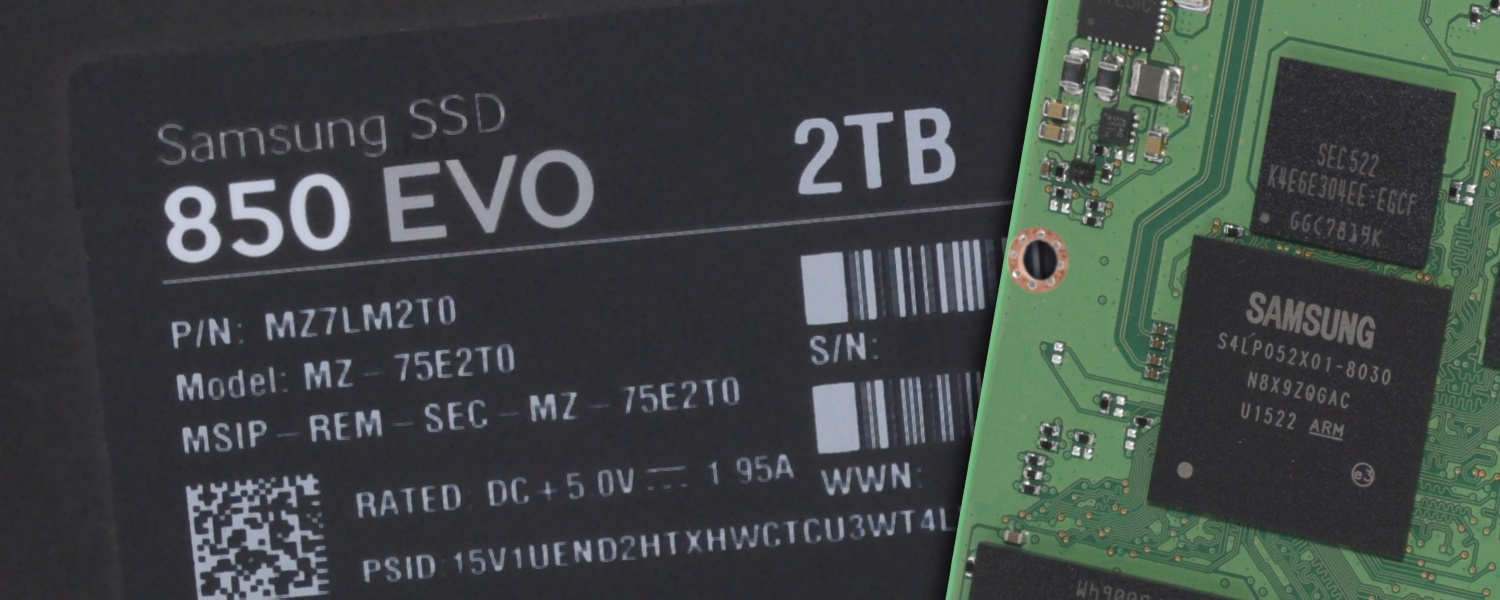How We Test
As you likely know, while manufacturers claim impressive peak I/O performance out of the box, this performance can diminish over time. Unlike a conventional hard drive, any write operation made to an SSD is a two-step process: a data block must be erased and then written to. Obviously if the drive is new and unused there will be nothing to erase and therefore the first step can be bypassed, but this only happens once unless the drive is trimmed.
Considering this, we run the HD Tach full benchmark several times to fill the drive before testing. This simulates heavy usage and clearly indicates how performance will be affected after normal long-term use.
Most drives support the TRIM function, which is meant to counteract these negative effects.
Test System Specs
- Intel Core i7-4770K (LGA1150)
- x2 4GB DDR3-1600 G.Skill (CAS 8-8-8-20)
- Asrock Z97 Extreme6 (Intel Z97)
- Silverstone Strider Series (700w)
- Crucial BX100 500GB
- Crucial MX200 512GB
- G.Skill Phoenix Blade PCIe SSD 480GB
- Intel SSD 750 Series 400GB
- Kingston HyperX Savage 480GB
- Kingston Predator PCIe SSD 480GB
- OCZ Trion 100 480GB
- OCZ Vector 180 480GB
- Plextor PX-G512M6e 512GB
- Samsung SM951 512GB
- Samsung SM951 NVMe 256GB
- Samsung SSD 850 Evo 2TB
- Samsung SSD 850 Evo 500GB
- Samsung SSD 850 Pro 512GB
- SanDisk Extreme Pro 480GB
- Transcend SSD370 512GB
- Transcend TS512GMTS800 512GB
- Gainward GeForce GTX 980 (6144MB)
Software
- Microsoft Windows 8.1 Pro (64-bit)
- Nvidia Forceware 353.62
